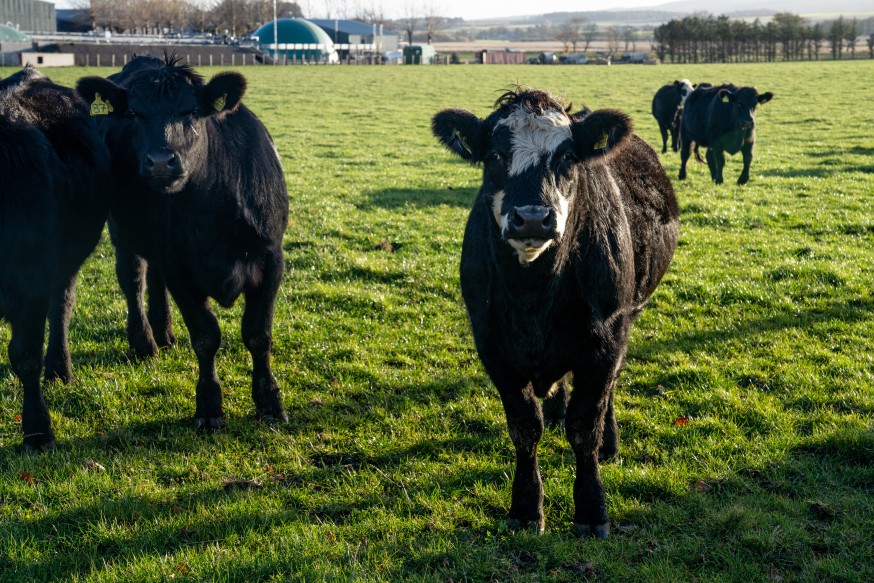News
-

Updated Land Maintenance Form - 17 December
An updated Land Maintenance Form (PF06) is effective from 17 December 2025.
-

Rural Payments and Services Website Scheduled for Essential Maintenance - 15 December
The Rural Payments and Services (RP&S) website will undergo essential maintenance during the festive period, resulting in a temporary closure of the platform and several related services.
-

Agri-Environment Climate Scheme (AECS) 2026 guidance updates - 15 December
The Agricultural Reform Programme (ARP) Route Map was updated in October 2025 to state that the Agri-Environment Climate Scheme (AECS...


